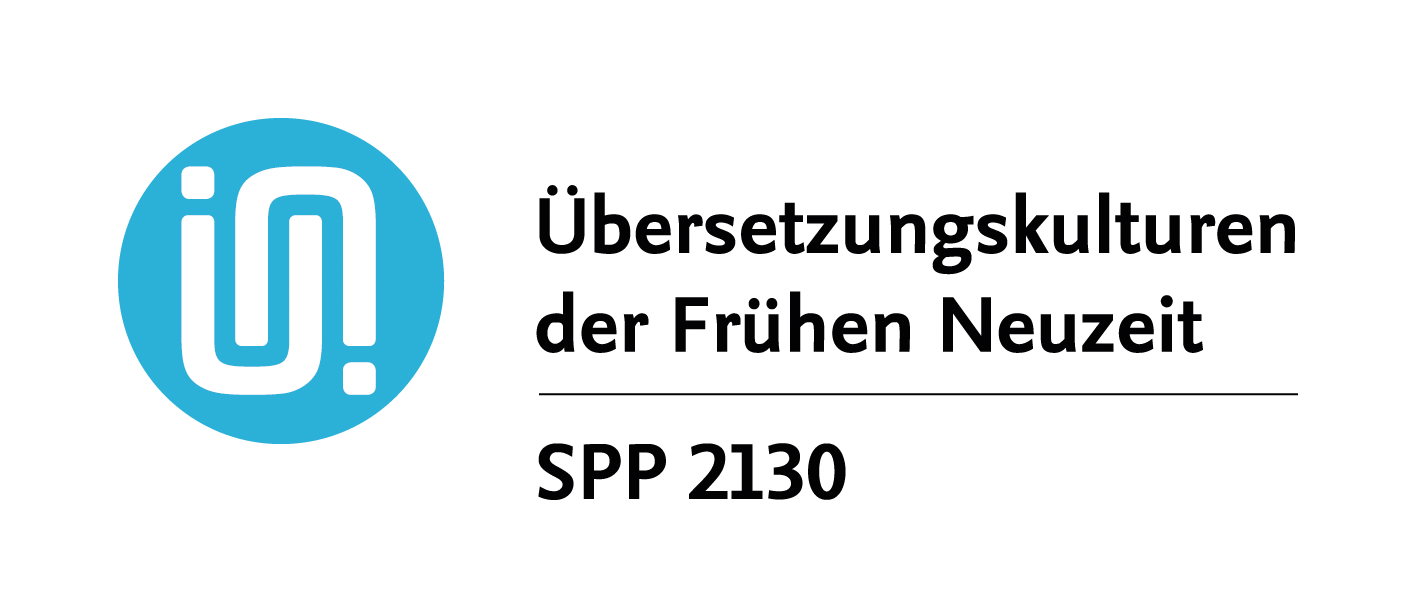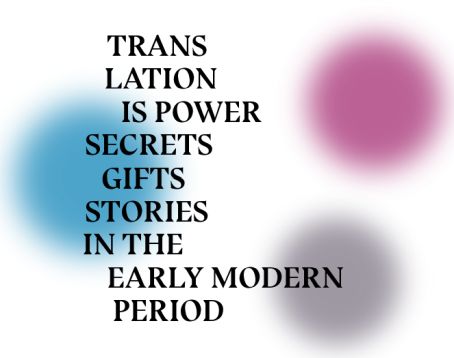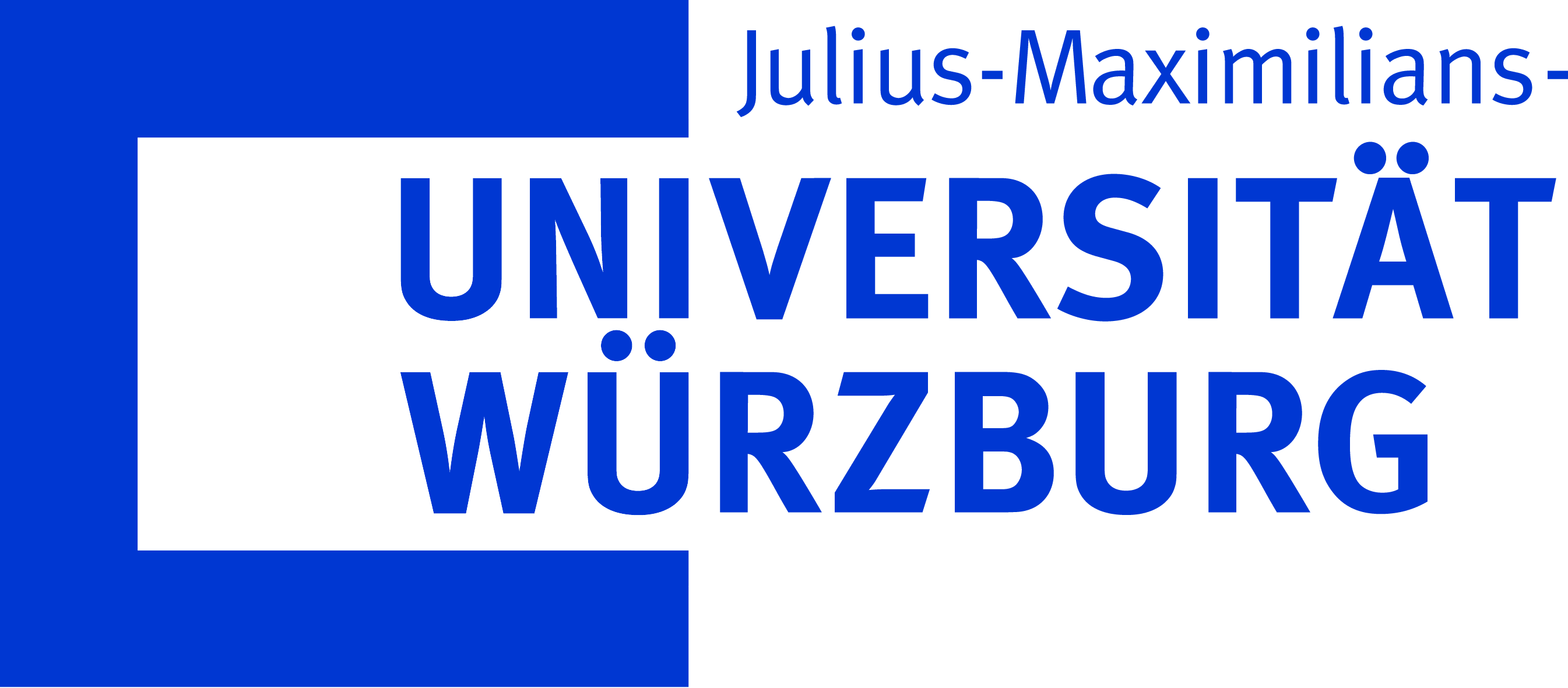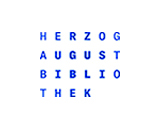Splendid isolation?
“Splendid isolation? Think about it”
Not only the Brexit debate in Great Britain reflects the broad European-critical tendencies in the member states of the EU. In recent years in many European countries right-wing or populist parties have moved into governments demanding less European integration and more nationhood, as well as massive protection of external borders.
Against this background, it is worth taking a look at translation practices in early modern times. The example of Great Britain, in particular, shows that in the 17th century there can be no talk of “splendid isolation”. The ruling couple Charles I. and Henrietta Maria, for example, were instrumental in establishing continental European tendencies in a reign marked by serious political and religious crises.
In an online exhibition that will be hosted on the website of the Institute for Art History of the FAU Erlangen, our TransUnit wants to focus on processes of negotiation between cultural phenomena that are perceived as “innate” or as foreign, of appropriation but also of rejection of ideas and practices and the transformations that result from them. What cultural, political and social concepts led to these translations, and who were the actors who initiated them?
These processes are to be visualized on the basis of concrete works of art, texts and edifices, without encouraging the tendency to consolidate national attributions in the analysis of translation processes instead of problematizing them. The aim here is to test montage techniques that undermine the search for homogeneous origins performatively, but also fictitious dialogues that supplement the analyses with a critical-reflexive level.
Sofia Derer, Research Assistant of the project ‘Moscherosch’
Lukas Maier, Research Assistant of the project ‘Art and Crises’
Caroline Mannweiler, Research Assitant of the project ‘Scientific Translations’




